
Почечная недостаточность
.pdf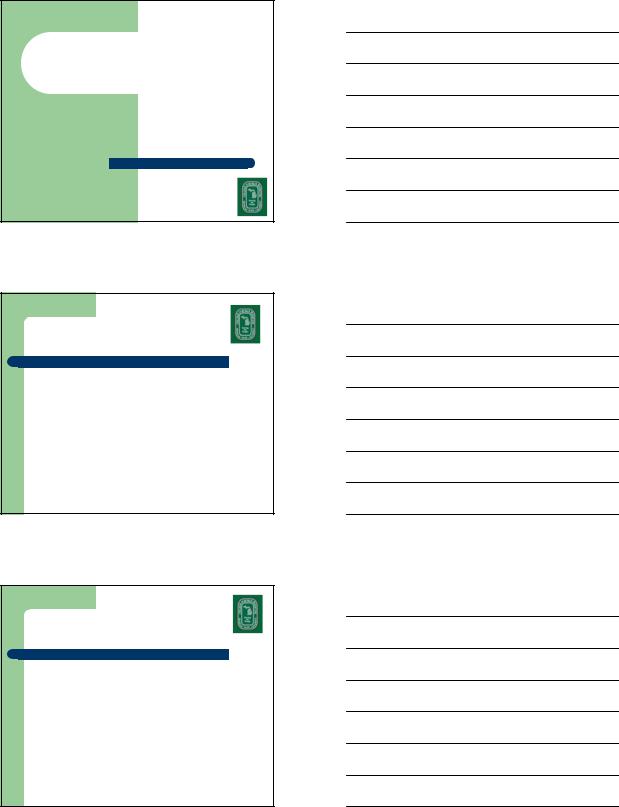
Acute Renal Failure
Heather Laird-Fick, M.D
Department of Medicine
Michigan State University
Presentation given December 6, 2002 at Hurley Hospital Flint, Michigan
Overview
zDefinition
zSigns and symptoms
zEtiology
zWork up
zManagement
zPractice Questions
Definition of Acute Renal Failure
zSudden decrease in renal function
zCreatinine as proxy for function, GFR
–normal excretion 1-1.5 mg/dL/day
zUrine output not predictive
1
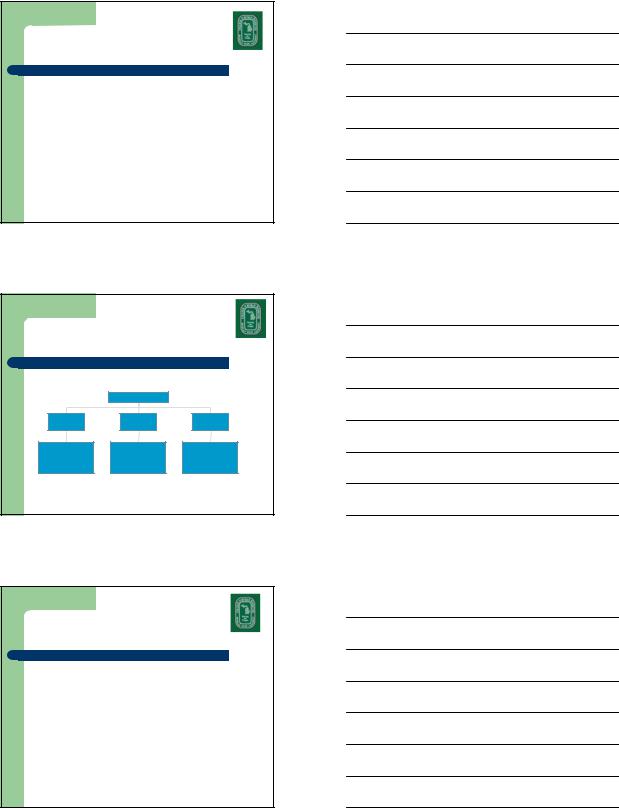
Signs and symptoms
zSecondary to renal dysfunction
–changes in urine output; edema; anorexia; vomiting; mental status changes; seizures; hypertension
zSecondary to underlying etiology
–flank pain, changes in urine
Etiologies of Acute Renal |
|||
Failure |
|
|
|
|
Acute Renal Failure |
|
|
Pre-renal |
Intrinsic |
Post-renal |
|
(Obstructive) |
|||
|
|
||
|
Glomerular |
Ureteral |
|
Poor Perfusion |
Tubular/Interstitial |
Bladder |
|
Deposits/Emboli |
Urethral |
||
|
|||
|
Arteriolar |
Prostate |
|
Scenario 1
A 49 year old male with cirrhosis secondary to hepatitis C and alcohol abuse was admitted with spontaneous bacterial peritonitis two days ago. He received IV ceftriaxone, large volume pericentesis for symptomatic ascites, and home medications of furosemide and spironolactone. Today, his mental status has worsened slightly. He has mild abdominal tenderness without rebound. Lungs are clear, and there is no pedal or presacral edema. Morning labs reveal Na 132, Potassium 5.0, chloride 99, BUN 38, and creatinine 1.4 (baseline 0.9).
The most appropriate next step in management of his acute renal dysfunction is to:
a)stop ceftriaxone
b)stop the diuretics
c)administer normal saline bolus
d)continue current treatment and monitor
2
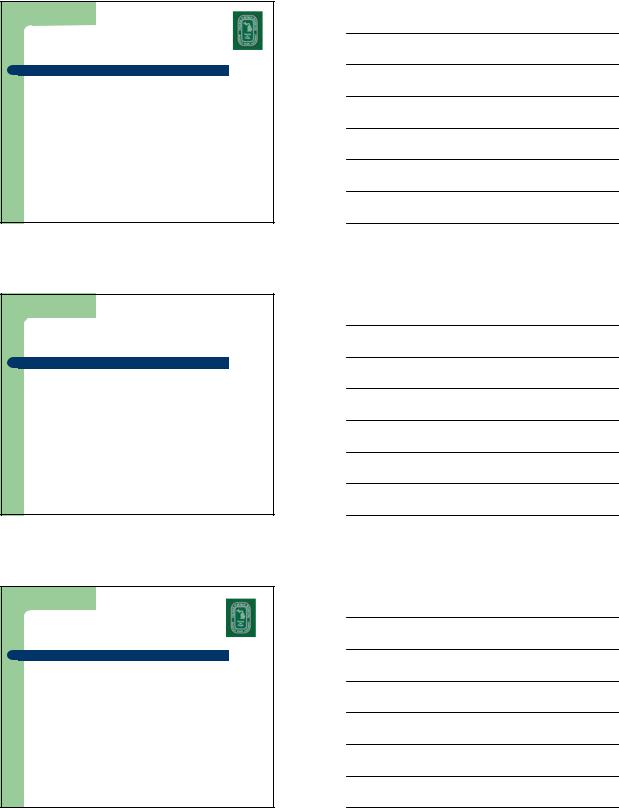
Pre-Renal
Etiologies
zPoor renal perfusion
–Hypovolemia
–Hypotension
–Cardiac Failure (severe)
–?Liver failure (hepatorenal syndrome)
Scenario 2
zA 35 year old male presents to the ED with a 2 day history of cough with blood tinged sputum and dyspnea. CXR reveals fluffy perihilar infiltrates bilaterally. Labs reveal WBC 6, Hgb 10.2, Hct 30.8, platelets 175,000, BUN 22, and creatinine 2.4.
zThe most likely urinalysis is:
a)+++blood, -LE, -nitrite,35-40 RBC, 0-1 WBC, RBC casts
b)+blood, +LE, +nitrite,1-2 RBC, 20-25 WBC, WBC casts
c)+++blood, -LE, -nitrite,1-2 RBC, 0-1 WBC, granular casts
d)+blood, - LE, - nitrite,1-2 RBC, 0-1 WBC, hyaline casts
Glomerular Disease
zNephritic syndrome
–characterized by inflammation
–anti-GBM Ab, immune complex disease, pauci-immune (ANCA+)
zNephrotic syndrome
–heavy proteinuria due to increased membrane permeability; no inflammation
3

Scenario 3
A 69 year old female with diabetes, hypertension and hyperlipidemia was admitted to the hospital two days ago with an acute myocardial infarction. She underwent emergent cardiac catheterization with percutaneous angioplasty and stent placement. She has been hemodynamically stable and remains chest pain free. Her current medications include aspirin, clopidogrel, atenolol and atorvastatin. On morning rounds, you note that her creatinine has increased from her baseline 1.8 to 2.7.
The most likely cause of her renal dysfunction is:
a)underlying diabetic nephropathy
b)cholesterol embolization secondary to the catheterization
c)cardiogenic hypoperfusion
d)contrast nephropathy
Scenario 4
A 55 year old male with a history of poorly controlled NIDDM, diabetic nephropathy, and hypertension is admitted from his physician’s office because of a history of substernal chest pressure radiating to the left arm, associated with diaphoresis and shortness of breath, occurring at rest. He has not had any chest pain today. Home medications include aspirin, metoprolol, ramipril, atorvastatin, and glyburide.
His admission physical exam is essentially unremarkable. There are no EKG changes. Baseline labs reveal a normal CBC, troponin-I 0.2, sodium 135, potassium 4.2, chloride 99, bicarbonate 25, BUN 22 and creatinine 1.9 (at his baseline). He is scheduled for a cardiac catheterization in the morning.
Scenario 4 Cont
His home medications, as well as sublingual nitroglycerin as needed, have been ordered.
The next most appropriate step in the management of this patient is to:
a.Begin intravenous fluids (0.45 NaCl), and administer acetylcysteine.
b.Begin intravenous fluids (0.9 NaCl), and administer intravenous furosemide.
c.Cancel the cardiac catheterization and maximize medical management for angina.
d.Hold lisinopril, check morning labs, and proceed if his creatinine normalizes.
4
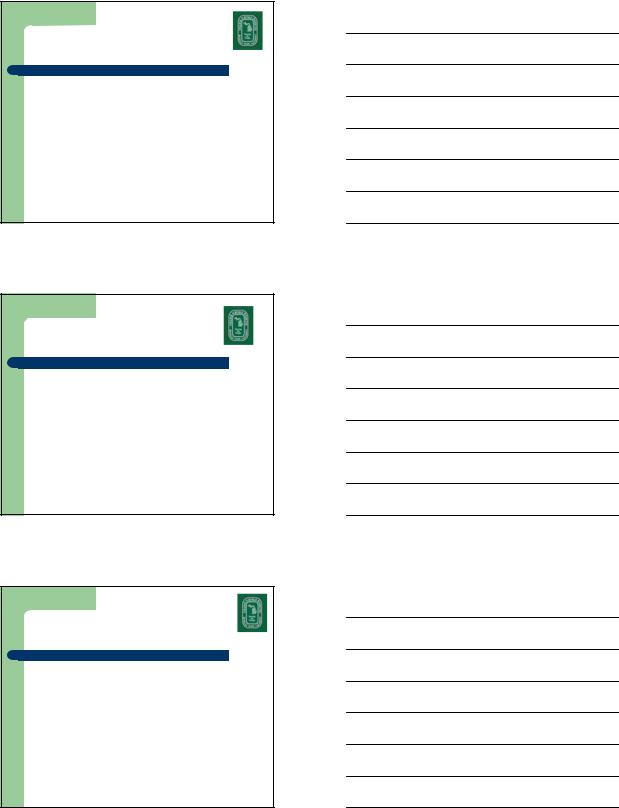
Scenario 5
A 76 year old female is brought to the emergency department by her family after being found on the floor in her apartment, after she slipped on a throw rug and was unable to arise ten hours ago. She did not hit her head or lose consciousness. Physical exam reveals scattered ecchymoses over her lower extremities, poor skin turgor, and proximal muscle weakness. Laboratories reveal sodium 134, chloride 99, potassium 5.3, bicarbonate 26, BUN 24, creatinine 1.9.
The most likely urinalysis result is:
a.+++blood, -LE, -nitrite,15-20 RBC, 0-1 WBC, RBC casts
b.+blood, +LE, +nitrite,1-2 RBC, 20-25 WBC, WBC casts
c.+++blood, -LE, -nitrite,1-2 RBC, 0-1 WBC, granular casts
d.+blood, - LE, - nitrite,1-2 RBC, 0-1 WBC, hyaline casts
Tubular Disease
zAcute Tubular Necrosis (ATN)
–Ischemic injury
–Pigments (myoglobin, free hemoglobin)
–Toxins
zheavy metals
zaminoglycosides (after at least 5 days)
–radiocontrast dye (creatinine peaks in 72 hrs)
Scenario 6
A 28 year old female with a recent episode of acute sinusitis treated with ampicillin/clavulanic acid presents with complaints of fevers and a diffuse, maculopapular rash. Physical exam reveals stable vital signs, a diffuse macular rash and trace edema, but is otherwise unremarkable. Laboratories drawn in the emergency department reveal a creatinine of 2.1. A urinalysis shows 20-30 WBC phpf and 1-2 RBC phpf.
The most likely diagnosis is:
a.pyelonephritis
b.post-streptococcal glomerulonephritis
c.acute interstitial nephritis
d.Lupus nephritis
5

Interstitial Disease
zAcute Interstitial Nephritis (AIN)
-characterized by fever, rash, ARF
-drugs: PCN, sulfa, quinolones, NSAIDs
-infections: strep, viral, other
Scenario 7
A 71 year old male presents to the office for follow up two weeks after undergoing elective angioplasty for CAD. He has noticed malaise for the last 2-3 days, and what he describes as a rash over his legs. Physical exam reveals blood pressure 150/72, pulse 65, and temperature 97.8 F. Cardiopulmonary exams are unremarkable, and the right groin site is well healing. He has a bluish, lacy discoloration diffusely over the lower extremities. Labs drawn the day before reveal a creatinine of 2.6 (his baseline is 0.9).
The most likely cause of his acute renal failure is:
a.contrast nephropathy
b.atheroembolism
c.hypertensive nephropathy
d.vasculitis
Scenario 8
A 42 year old male with HIV on indinavir, stavudine and lamivudine presents with acute onset of left flank pain intermittently for the last four hours, accompanied by nausea and vomiting. Exam reveals tachycardia and left CVA tenderness. Urinalysis shows +++ blood, 40-50 WBC phpf, and 0 WBC. Scout films are negative, and there is no hydronephrosis or filling defects on IVP.
The most likely diagnosis is:
a.passed renal calculus
b.loin pain hematuria syndrome
c.indinavir crystallization
d.renal tuberculosis
6
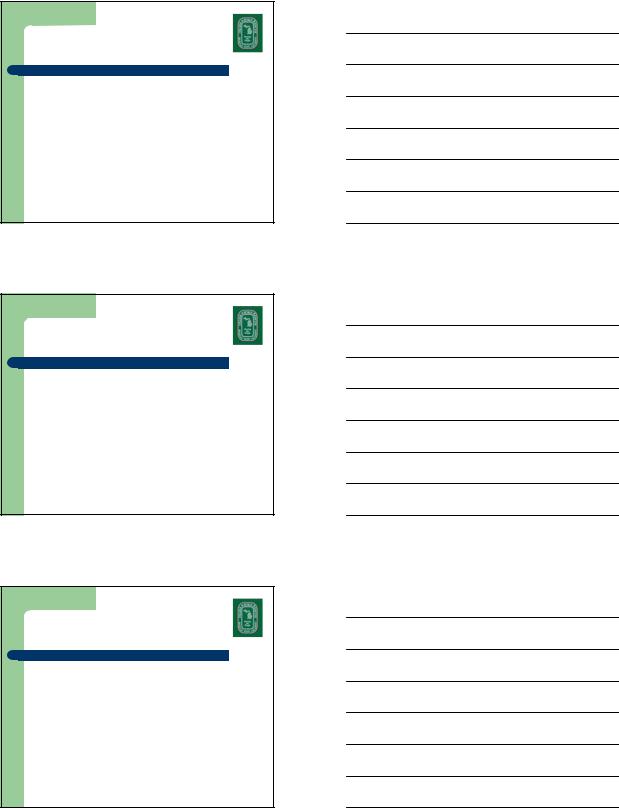
Deposits/Emboli
zUric acid
zMultiple myeloma
zCholesterol emboli
Scenario 9
A 32 year old female with a history of hypertension presents to the emergency department with shortness of breath at rest which began today. She has had diffuse headaches for the last two days, which are unresponsive to acetaminophen. Vital signs are 240/124, 85, 12, 98.7F. There is no papilledema. Heart is S1S2S3S4 without murmurs, and there are wheezes bilaterally. EKG shows normal sinus rhythm with nonspecific ST-T changes. CXR shows pulmonary edema. Creatinine is 1.7.
The most likely urinalysis result is:
a.++blood, ++ ptn, -LE, -nitrite,15-20 RBC, 0-1 WBC
b.+blood, ++ ptn, +LE, +nitrite,1-2 RBC, 20-25 WBC
c.+blood, ++ ptn, -LE, -nitrite,1-2RBC, 0-1WBC,granular casts
d.+blood, ++ ptn, - LE, - nitrite,1-2 RBC, 0-1 WBC, hyaline casts
Arteriolar
zHypertensive emergency
zVasculitis
zScleroderma
zMicroangiopathic disorders
–thrombotic thrombocytopenic purpura
–hemolytic-uremic syndrome
7

Scenario 10
A 57 year old male presents with a 1 day history of suprapubic abdominal pain. He denies fevers or chills, changes in bowel habits, dysuria or penile discharge, although he has had some dribbling and urinary hesitancy in the past. He has not seen a physician in several years, and does not take any medications. Physical exam reveals a male in mild distress, with stable vital signs. Skin turgor is adequate, and the oropharynx is moist. He has mild suprapubic tenderness without guarding or rigidity. The stool is guaiac negative, and the prostate is smooth, firm and diffusely enlarged. The rest of the exam is unremarkable. Laboratories drawn in the emergency department reveal a creatinine of 3.2, with normal electrolytes and complete blood count.
The next most appropriate step in the management of this patient is to:
a)perform a urinalysis
b)place a Foley catheter
c)perform a renal ultrasound
d)administer isotonic intravenous fluids
Post-Renal (Obstructive)
zKEY: Cause must affect both kidneys or single functioning kidney
zMost common is prostate disease
zUreteral disease
–Intrinsic: stone, tumor, papilla, other mass
–Micro-obstruction: indinavir crystalization
–Extrinsic -- retroperitoneal disease
zBladder (urinary retention)
Work Up
zKEY: Identify reversible causes early
zStudies:
–BUN and creatinine
–Post void residual/Foley catheterization
–Renal ultrasound
–Fractional excretion of sodium (FENa)
–Urine osmolality
–Urinalysis
–Renal biopsy
8

Fractional Excretion of Sodium
|
|
|
|
FENa |
= urine (Na/creat) |
= (urine Na)(serum creat) |
|
|
serum (Na/creat) |
(urine creat)(serum Na) |
|
zInterpretation:
–<1% compatible with prerenal cause, also possible with GN or postrenal cause
–>2% compatible with ATN
–caveat: concomitant diuretics can increase Na excretion and result in false negative FENa calculation
Urine
Osmolality
zHigh (>500 mosm/kg)
–Prerenal
–GN
zLow (<400 mosm/kg)
–ATN (typically 250-300)
–Postrenal
Urinalysis
zPrerenal
–typically bland, possibly hyaline casts
zRenal (GN, AIN, ATN)
–casts, RBC, WBC, proteinuria
zPostrenal
–depends on etiology
zEosinophils: AIN, thromboembolism
9
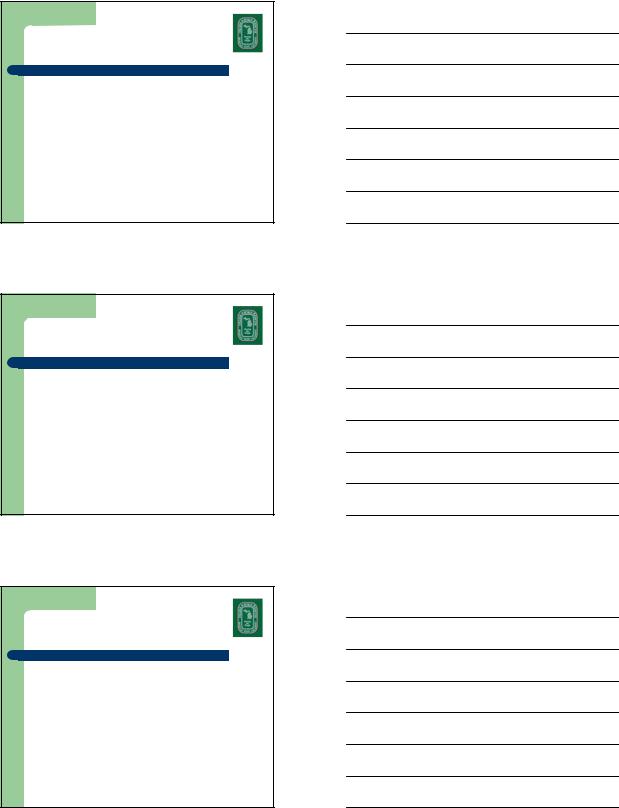
Renal Biopsy
zIndications
–isolated hematuria and proteinuria
–nephrotic syndrome
–acute nephritis
–unexplained renal failure
Management
zAddress underlying cause
–improve renal perfusion
–eliminate nephrotoxins
–relieve obstruction
zSupportive
–fluid and electrolyte management
Scenario 11
A 47 year old female develops acute crescentic glomerulonephritis. She is started on high dose intravenous steroids. Her creatinine continues to climb, and she becomes increasingly confused. On day 7, she develops a self limited, generalized tonic clonic seizure.
The most appropriate treatment at this time is: a)Intravenous loading with phenytoin b)Hemodialysis
c)Intravenous lorazepam d)Pulse dose cyclophosphamide
10
